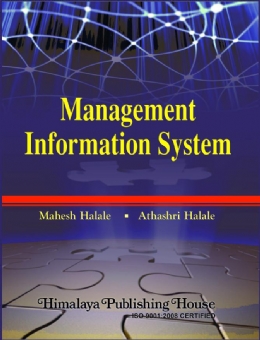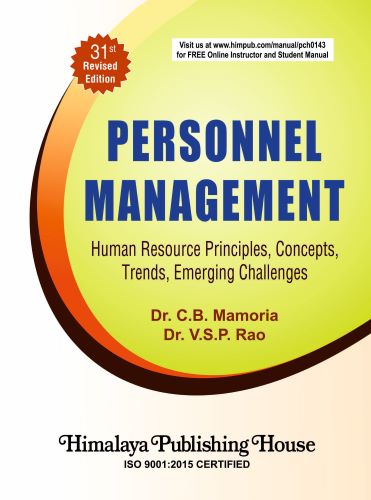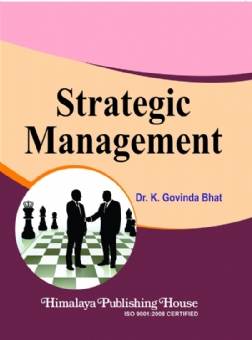Information and Information System have become one of the strategic resources of an enterprise. Information system has changed the rules of the game tremendously. Technological advances have proved boon to the information processing capabilities of the firm. The advent of computing as well as communication technology has overpowered the way the business activities are carried out today. The information systems have offered today number of advantages in data collection, processing, presentation, communication, storage, retrieval and search etc. Primary need of any manager to sails through this business world is information, better the information better would be the performance. The role of information system in managerial decision making process is the core focus of this book.
The difficulty of the management students in grasping this subject; what I observed is that they come from diverse domains and based on their previous exposure to technical field, each ones` level of difficulty is different. MIS need to be taken as a tool for making managerial process effective rather than how the tool works technically. Understanding of technical terms involved is secondary to the understanding of the use of the tool. There are number of national and international titles available on this subject, which thoroughly discuss the subject. However, the approach to study this subject must be different for different stakeholders. Authors feel that a text on MIS should be a proper mix of theory, discussion of technical concepts with a sole focus on its business application for MBA students. This may not be true for MCA students, as the focus remains technical there. Hence, the authors have taken due care to build this text to cater to the needs of most management graduate/post graduate aspirants rather than a conceptual bible on the IT as subject. In view of this and based on author`s actual experience of teaching this subject to management graduates, he has tried to accommodate the needs of the general strata of management students, without diluting the conceptual content of the subject. The book is neither a research work nor a reference material but it is an attempt to make the things, which are already there, look bit simple and easy to understand. However, a care has been taken to keep proper balance of theory with technical data along with examples and diagrams for the easy grasp of the subject. This book do not aim at making a management student an expert in information systems but to make him aware about the power of information systems, its role in business, acquaint him with technical concepts and more importantly how he can leverage the knowledge of information systems in his managerial activities. A simple rule followed is keep it small, simple and precise and more importantly.
In view of the upcoming areas in the information system`s use in business organization, few advanced topics such as Business Intelligence, Data Mining, Knowledge Management, M-Commerce and ERP have been added to the text by the co-author.
For better understanding the purpose, the text is supplemented with over 50 numerical illustrations and few textual cases. A question bank has been provided for the students for practice at the end of the book.
Contents :
Unit I
Information System and Decision Making
Information Systems Architecture
Unit II
Database Management System
Software Engineering
Unit III
Decision Support System
Unit IV
Digital Firm
Management Issues in Information System
Unit V
Contemporary Topics in MIS
Case Studies in MIS
MCQs on Unit 1 and 2
MCQs on Unit 3, 4 and 5
Question Bank
Case Studies for Question Bank






